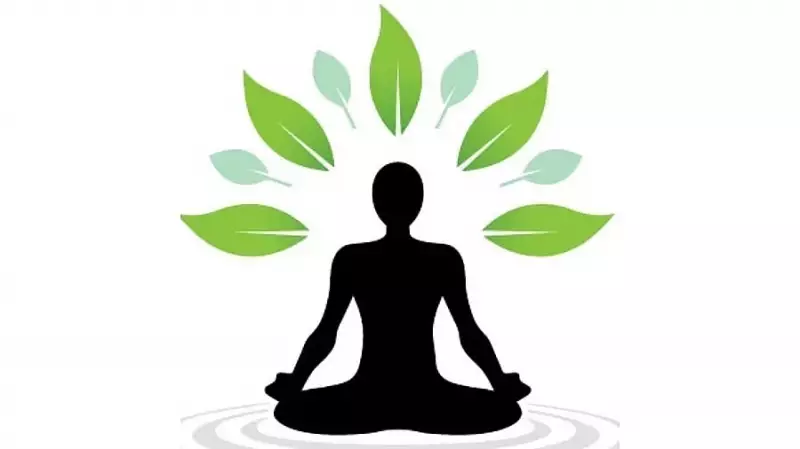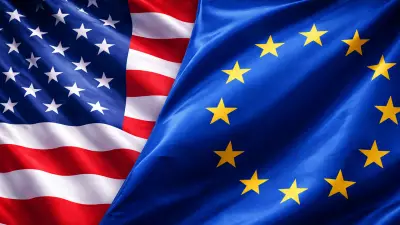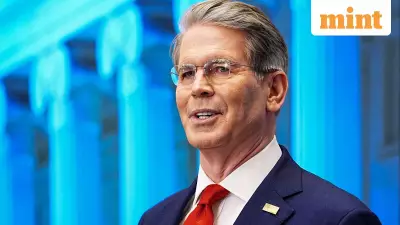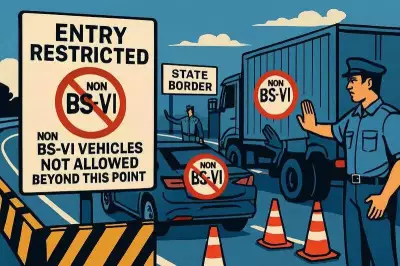
In contemporary India, a curious phenomenon unfolds daily: gleaming skyscrapers cast shadows over sprawling slums, and world-class infrastructure projects sit adjacent to communities lacking basic amenities. This is the Indian Paradox - a nation simultaneously racing forward while seemingly standing still.
The Two Faces of Modern India
On one hand, India boasts remarkable achievements: a thriving space program, a booming digital economy, and growing global influence. Yet, these accomplishments exist alongside persistent issues like poverty, environmental degradation, and social inequality. This duality creates what experts call "the development paradox."
Economic Growth vs. Quality of Life
The numbers tell a compelling story. India's GDP growth has been impressive, positioning the country as one of the world's fastest-growing major economies. However, this economic expansion hasn't always translated into improved living standards for all citizens. The benefits often remain concentrated, creating what development economists term "islands of prosperity in seas of poverty."
The Infrastructure Conundrum
Nowhere is this paradox more visible than in infrastructure development. While India builds world-class airports and highways, many rural areas still struggle with inadequate roads, unreliable electricity, and limited access to clean water. This infrastructure gap represents one of the most visible manifestations of the country's developmental challenges.
Understanding the Roots
Several factors contribute to this paradoxical situation:
- Population Scale: India's massive population means that even significant achievements get diluted when measured per capita
- Implementation Gaps: Excellent policies often face challenges in execution at the ground level
- Regional Disparities: Different states progress at varying paces, creating development imbalances
- Traditional vs. Modern: The coexistence of ancient traditions with rapid modernization creates unique social tensions
The Way Forward
Addressing this paradox requires nuanced approaches that acknowledge India's complexity. Solutions must balance economic growth with social welfare, technological advancement with environmental sustainability, and global ambitions with local realities. The path forward lies in inclusive development strategies that ensure progress benefits all sections of society.
As India continues its development journey, understanding and navigating these paradoxes becomes crucial. The nation's ability to reconcile these contradictions will ultimately determine its success in building a prosperous and equitable future for all its citizens.





